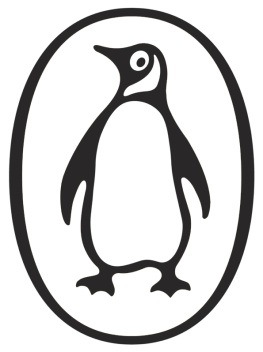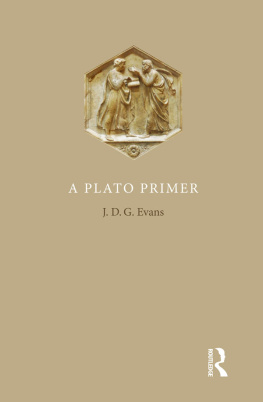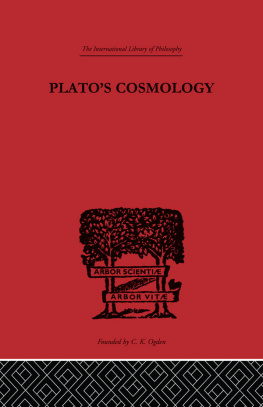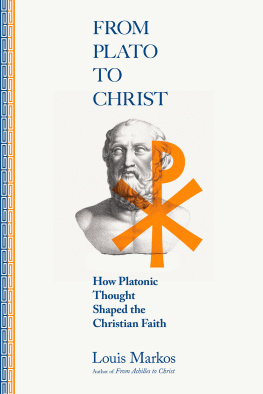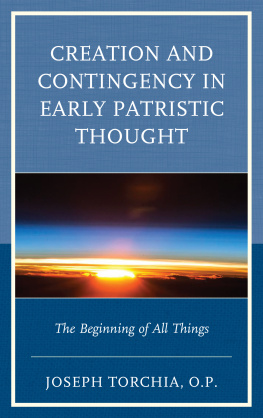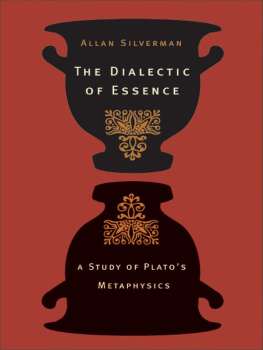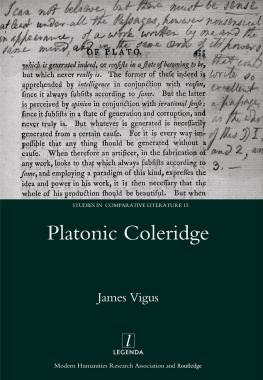
TIMAEUS AND CRITIAS
ADVISORY EDITOR: BETTY RADICE
PLATO (c. 427347 BC) stands with Socrates and Aristotle as one of the shapers of the whole intellectual tradition of the West. He came from a family that had long played a prominent part in Athenian politics, and it would have been natural for him to follow the same course. He declined to do so, however, disgusted by the violence and corruption of Athenian political life, and sickened especially by the execution in 399 of his friend and teacher, Socrates. Inspired by Socrates inquiries into the nature of ethical standards, Plato sought a cure for the ills of society not in politics but in philosophy, and arrived at his fundamental and lasting conviction that those ills would never cease until philosophers became rulers or rulers philosophers. At an uncertain date in the early fourth century BC he founded in Athens the Academy, the first permanent institution devoted to philosophical research and teaching, and the prototype of all western universities. He travelled extensively, notably to Sicily as political adviser to Dionysius II, ruler of Syracuse.
Plato wrote over twenty philosophical dialogues, and there are also extant under his name thirteen letters, whose genuineness is keenly disputed. His literary activity extended over perhaps half a century: few other writers have exploited so effectively the grace and precision, the flexibility and power, of Greek prose.
SIR DESMOND LEE was born in 1908 and was a scholar at both Repton School and at Corpus Christi College, Cambridge, where he gained a double first in classics. He was a fellow and tutor at Corpus Christi and a university lecturer there from 1937 to 1948. His lifelong association with the college continued after he became headmaster of Clifton College in 1948, when he was also made a life Fellow of Corpus Christi. In 1954 he left Clifton College to take up the position of headmaster at Winchester College where he remained until 1968. In 1959, 1960 and again in 1967 he was chairman of the Headmasters Conference. Returning to Cambridge in 1968 he became Senior Research Fellow at University (now Wolfson) College, and then from 1973 until 1978 President of Hughes Hall, Cambridge. Desmond Lee died in December 1993.
He also translated Platos The Republic for Penguin Classics.
PLATO
__________________
TIMAEUS
AND
CRITIAS
___________
Translated
with an introduction
and an appendix
on Atlantis by
DESMOND LEE
PENGUIN BOOKS
PENGUIN BOOKS
Published by the Penguin Group
Penguin Books Ltd, 80 Strand, London WC2R 0RL, England
Penguin Putnam Inc., 375 Hudson Street, New York, New York 10014, USA
Penguin Books Australia Ltd, 250 Camberwell Road, Camberwell, Victoria 3124, Australia
Penguin Books Canada Ltd, 10 Alcorn Avenue, Toronto, Ontario, Canada M4V 3B2
Penguin Books India (P) Ltd, 11 Community Centre, Panchsheel Park, New Delhi 110 017, India
Penguin Books (NZ) Ltd, Cnr Rosedale and Airborne Roads, Albany, Auckland, New Zealand
Penguin Books (South Africa) (Pty) Ltd, 24 Sturdee Avenue, Rosebank 2196, South Africa
Penguin Books Ltd, Registered Offices: 80 Strand, London WC2R 0RL, England
www.penguin.com
This translation of Timaeus first published 1965
Reissued with the addition of Critias and the Appendix on Atlantis 1971
Reprinted with revisions 1977
31
Copyright H. D. P. Lee, 1965, 1971, 1977
All rights reserved
Except in the United States of America, this book is sold subject
to the condition that it shall not, by way of trade or otherwise, be lent, re-sold, hired out, or otherwise circulated without the publishers prior consent in any form of binding or cover other than that in which it is published and without a similar condition including this condition being imposed on the subsequent purchaser
9780141920498
I am grateful to Professor Keith Guthrie, who read the introduction and the translation of the Timaeus, and to Mr David Steele, who read the introduction, both of whom made many helpful suggestions.
INTRODUCTION
The Timaeus:
Scope and Importance
THE Timaeus is a document of great importance in the history of European thought. Earlier Greek speculation about the origin of the world had, if mythical, been largely in terms of sexual reproduction or growth, or, if philosophical, been evolutionary in the sense that it accounted for the world in terms of undesigned development from material origins. In the Timaeus the world is created by a divinity, variously described as father, maker or craftsman. The account of his activities does not cover every department of nature; its main concern is with certain philosophical principles, with the elements of astronomy, with the structure of matter, and with human psychology and physiology. But as the first Greek account of a divine creation, containing a rational explanation of many natural processes, it remained influential throughout the period of the Ancient World, not least towards its end when it influenced the Neo-platonists and when its creator-god was easily assimilated by Christian thought to the God of Genesis. The first fifty-three chapters in a Latin translation by Chalcidius were one of the few works of classical antiquity to survive into the Dark and early Middle Ages, and in that sense its influence on European thought can be said to be continuous from its publication until the present day.
Theology
The primary purpose of the Timaeus is theological, that is to say, to give a religious and teleological account of the origin of the world and of the phenomena of nature. In the Laws Plato sharply criticizes those who account for the natural world and its processes in purely material terms, attributing them to necessity or chance, both of which share the common characteristic of excluding ) does not suggest this, and we do best to recognize that much of the Timaeus is myth and to be cautious in interpreting it in non-mythological terms.
The Greek pre-conception, from which Plato would start, was that of a supreme God, Zeus, whose powers were not unlimited in spite of his supremacy. Beneath him were a number of major Gods the Greek pantheon usually included twelve and beneath them again minor Gods, daemons, spirits and (since the line between divine and human might sometimes be crossed) heroes. Platos creator-god is never called Zeus; but it is the natural and easy assumption that he is the supreme divinity in the world he creates. He is not alone, for he himself creates not only the traditional Gods, subordinate to himself, but other divine beings also the world soul, the souls of the stars, and (again bridging human and divine) the immortal element in the human soul. The world of the Timaeus is one in which there is a hierarchy of divine beings, and as such it fitted in with the accepted Greek pattern and itself in turn influenced later speculations. Astrology, which regarded the stars and heavenly bodies as divine, could find the same belief in the Timaeus a belief, incidentally, which makes its first major appearance in Greece in Plato; in traditional Greek religion the heavenly bodies as such play little part. Neoplatonism with its elaborate spiritual hierarchy could again look to the Timaeus, and so too, in a different way, could the elaborate hierarchies of Christian theology.
Two other points should be mentioned under this heading, (1) The soul, as divine, is immortal, but destined not for a single life on earth but for many. The details of Platos views on transmigration must be looked for elsewhere, for example the myth of Er in the

